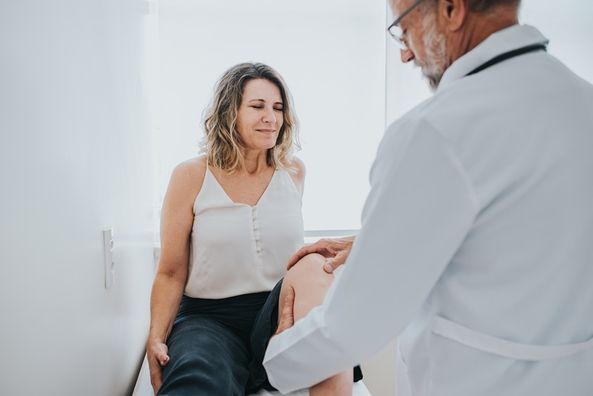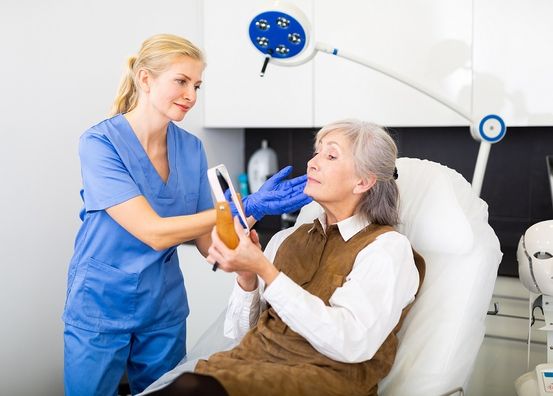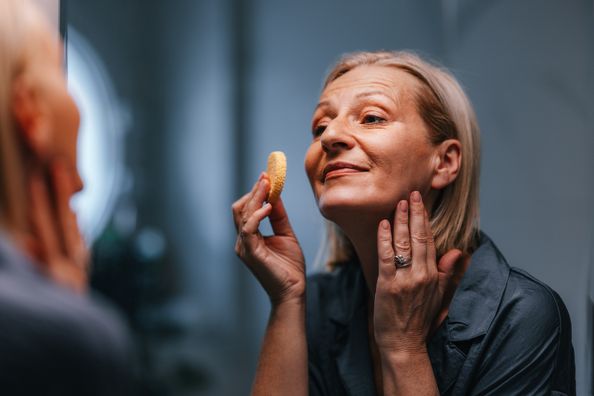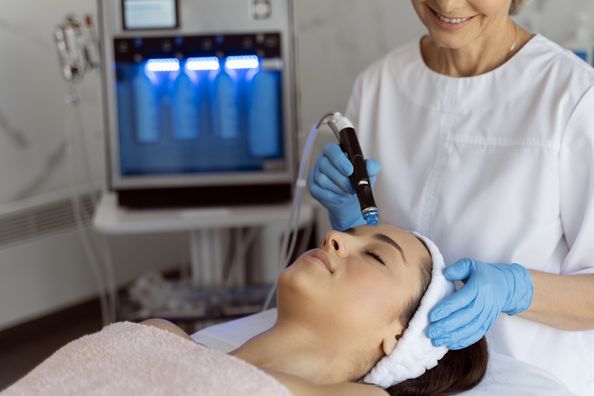Strands are stuck to the side of the shower. Your brush needs cleaning on a daily basis. Your pillow looks like it has grown its own head of hair. Your hair is everywhere.
This might seem concerning, but it’s actually normal. On average, people lose between 50 and 100 hairs every day. This is called “hair shedding,” and the hairs tend to grow back.
On the other hand, when something stops the hair from growing, it’s called “hair loss” (alopecia). This can be due to factors such as your age, family history, certain medications, autoimmune disorders, and stress. The underlying cause needs to be treated before your hair will regrow.
There are several ways to manage hair loss and baldness. Some people choose to wear wigs, extensions, or concealers. Others choose to embrace hair loss (goodbye maintenance and paying for shampoo). But many people experiencing hair loss go the route of hair regrowth.
Here are 4 hair loss treatments and technologies to help you regrow that head of hair.
1. Restore your natural hair growth with the platelet-rich plasma procedure for hair restoration.
The platelet-rich plasma (PRP) procedure harnesses the power of your blood to regrow hair.
The liquid part of your blood is called plasma, and this makes up a little more than half of your blood content. The rest of your blood contains red and white blood cells, and platelets — tiny blood cells found in bone marrow, the spongy tissue of your bones. These platelets are located within the plasma. Platelets contain growth factors, which are molecules that impact cell growth.
During a PRP procedure, your provider draws a sample of your blood and puts it into a special machine that separates out the plasma. They then inject that plasma into the scalp where you have hair loss. The process only takes about 10 to 30 minutes, and most patients report moderate discomfort, but there are ways like using focused cold air to minimize this.
It requires a series of treatments and usually takes between 3 to 6 months to notice hair growth and maintenance is required.
Learn about PRP at Duly Health and Care.
2. Restore your hair and decrease shedding with AlmaTED treatments:
In this case, ultrasound is used to deliver the benefits of a hair serum to the scalp, thereby creating a healthy scalp environment, increasing the number of hairs, and decreasing hair shedding for patients. Treatments take about 30 min and are generally relaxing. Like PRP, an initial series is required followed by maintenance treatments.
3. Prevent future hair loss with medication.
Prescription medication is another treatment option for overcoming hair loss. The type of medication prescribed is based on several factors, including your age, sex, overall health, and the cause of your loss.
Common medications include:
- Finasteride (Propecia®). This treats male pattern hair loss (the most common cause of hair loss in men). It slows down existing hair loss and stimulates hair to grow.
- Spironolactone. This is for female pattern hair loss (the most common cause of hair loss in women). It makes hair thicker and prevents further hair loss.
- Baricitinib (Olumiant®). Only recently approved in 2022, baricitinib treats severe alopecia areata — a disease where your immune system attacks hair follicles, leading to hair loss. Baricitinib works by blocking these attacks.
Ready to start treatment for hair loss? Make an appointment with a Duly Health and Care dermatologist or with the experts at Duly Aesthetics.
4. Get corticosteroid injections.
Corticosteroid injections are among the go-to treatments for alopecia areata, a type of hair loss where round patches of hair are lost due to an overactive immune system around the hair follicles.
Corticosteroids help decrease this inflammation and promote hair growth. They are injected into the affected areas every 4 to 8 weeks as necessary. If the injections are successful, you may start to see growth within 6 to 8 weeks.
Some people find the injections to be a little painful, so your provider may numb the spot with a medication like lidocaine before or use focused cold air during the procedure.
Injections aren’t recommended for everyone. For instance, you shouldn’t get an injection in an area where you have an infection or other active skin condition. If your provider thinks your type of hair loss would benefit from corticosteroids, but you’re not a candidate for injections, they may be able to prescribe steroid creams, ointments, lotions, or foams.
Determine the root cause (pun intended).
Whether you’re looking for treatment or have decided to give the bald look a try, it’s a good idea to talk to your primary care provider or dermatologist if you are experiencing significant shedding or hair loss. It could be a sign of an underlying issue, like a hormonal imbalance or not getting the right amount or combination of nutrients. Your provider can help address any issues you may have.
Health Topics:








